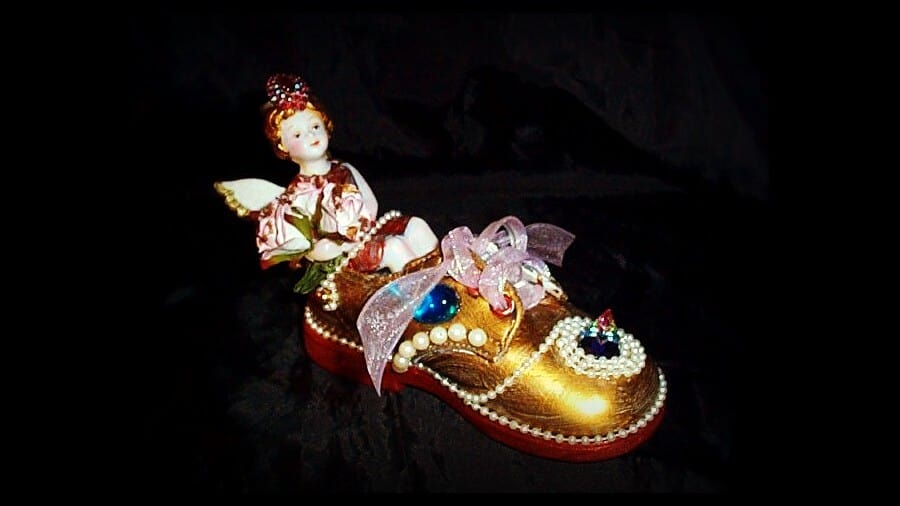The turn of the year is a symbolic moment across all cultures, marked by numerous unique end-of-year traditions that reflect hopes and desires for a new beginning. From rituals to attract prosperity to customs that promote good luck, each country has its particular way of saying goodbye to the old year and welcoming the new.
History and Origin of End-of-Year Traditions
The end of the year has been an event of significant importance since ancient times. In Babylon over 4,000 years ago, the New Year was celebrated on March 23. Over time and thanks to the reforms by Julius Caesar in 46 BC, the calendar as we now know it set the beginning of the year on January 1. This date has remained a critical transition point in many cultures, though the ways of celebrating it vary greatly.
Since then, various traditions have taken shape around the world. For example, the tradition of eating “twelve grapes at midnight” on December 31, which started in Madrid, has spread to numerous Latin American nations, albeit with local variations, such as the use of raisins in Argentina. These customs not only aim to celebrate, but also to attract good luck and prosperity for the new year.
New Year’s Celebrations in Latin America and Spain
In Latin America and Spain, ‘end-of-year traditions’ are a vibrant reflection of the cultural mix and popular beliefs of each country. Here, the night of December 31 becomes a festival of colors, flavors and rituals aimed at ensuring a coming year filled with blessings and success.
Grapes and Wishes
The custom of the twelve grapes, originating in Spain, has been widely adopted in Latin America. As the clock strikes midnight, people eat a grape with each chime, symbolizing their wishes for the coming twelve months.
In some places, this tradition is accompanied by written wishes or even suitcases for those wishing to travel in the coming year.
Lentils and Prosperity in Brazil
In Brazil, it is common to start the new year with the consumption of lentils. This legume, with its round and plentiful shape, symbolizes wealth and prosperity. Additionally, it is customary for people to jump over seven waves while dressed in white, making wishes with each leap, a tradition that seeks to attract good fortune for the new year.
Cleansing Rituals in Uruguay
In Uruguay, the end of the year is accompanied by a symbolic ‘street washing.’ Residents clean their homes and then throw the dirty water into the street, symbolizing the expulsion of bad energies and problems from the year that ends.
Moreover, it is traditional to throw old calendars out the window to leave the past behind and welcome the future with open arms.
End-of-Year Traditions in Asia
Asia, with its rich cultural and religious diversity, offers some of the most intriguing and symbolic end-of-year traditions. Each country has its specific rituals, many of which focus on purification and good luck.
Japan: Bell Ringing and Decorations
In Japan, the arrival of the New Year is celebrated with ‘Joya no Kane’, where 108 bell rings are sounded in Buddhist temples to repel the 108 worldly desires that, according to belief, cause human suffering.
Additionally, the entrances of homes are decorated with pine, bamboo and plum ornaments, known as ‘kadomatsu’, which symbolize longevity, prosperity and resilience.
China: The Spring Festival
Although the Chinese New Year does not always coincide with January 1, its celebrations are equally significant. This festival is celebrated with fireworks, dancing dragons and family reunions. A typical dish is fish, which must be served whole to ensure a complete and prosperous year.
India: A Diversity of Celebrations
India, with its mosaic of cultures, observes several New Year festivities at different times of the year depending on the region. For instance, in the south, ‘Ugadi’ marks the new year for the states of Andhra Pradesh and Karnataka with horoscope readings, while in Gujarat, the New Year is celebrated during ‘Diwali’.
These festivities are not only a window into the beliefs and hopes of people but also an opportunity to strengthen community and family bonds through shared rituals. Exploring these traditions reveals how each culture finds its own way to mark the transition to a new beginning.
Celebrating New Year in Europe: Diversity and Tradition
Europe, with its rich history and cultural diversity, celebrates the end of the year in ways that reflect both ancient traditions and modern festivities. From breaking plates in Denmark to fire dances in Scotland, European New Year customs are as varied as their cultures.
Denmark: Plates and Friends
In Denmark, one of the most peculiar traditions is throwing old plates against the doors of friends and neighbors on New Year’s Eve. The more shards you find at your doorstep, the greater your luck, as it symbolizes the number of friends and good wishes that will accompany you in the new year.
Germany: Silvester and Wooden Castles
In Germany, ‘Silvester’ (New Year’s Eve) is celebrated with fireworks and festivities. A lesser-known tradition is ‘Bleigießen’ or lead pouring, where lead is melted in a spoon and poured into cold water to form shapes that predict the future.
Moreover, it is customary to leave a bit of food on the plate after the New Year’s Eve dinner to ensure abundance in the year that begins.
Scotland: Hogmanay and the First Foot
Scotland celebrates ‘Hogmanay’ with great enthusiasm. Carrying a barrel wrapped in flames through the streets symbolizes purification and a new beginning. The tradition of the ‘first foot’, where the first person to cross the threshold of a house after midnight influences the home’s luck for the year, remains a respected practice.
These festivities not only bring people together in celebration but also foster hope and renewal for the future. Each tradition holds a special meaning that reinforces community and cultural continuity.
New Year’s Eve in North America: Between Modernity and Traditions
North America, known for its cultural diversity and blending of traditions, celebrates the end of the year in ways that range from community events to grand urban spectacles, as well as more intimate and personal rituals.
United States: The Times Square Ball
One of the most iconic images of New Year’s worldwide is the dropping of the ball in Times Square, New York. This event, which attracts thousands of spectators each year and millions through television broadcasts, symbolizes the farewell to the old year.
Besides this grand event, many American families opt for rituals such as the midnight kiss, considered an omen of good luck and love for the year that begins.
Canada: Festivals of Lights and Fire
In Canada, especially in cities like Toronto and Vancouver, celebrations include light festivals and fireworks. Many Canadians also participate in the ‘Polar Bear Swim’, an event where people dive into icy waters, a tradition said to strengthen the spirit and renew energy for the new year.
Mexico: Rituals for Good Luck
In Mexico, in addition to the traditional twelve grapes, there are other rituals to attract good luck, such as sweeping the house outward at midnight, symbolizing the expulsion of bad energies from the home. It is also common to wear specific colored underwear; red to attract love and yellow for prosperity.
These traditions reflect not only the cultural diversity of North America but also the common desire to start the year with hope and positivity. The blend of modernity and ancestral customs creates a vibrant and meaningful celebration.




